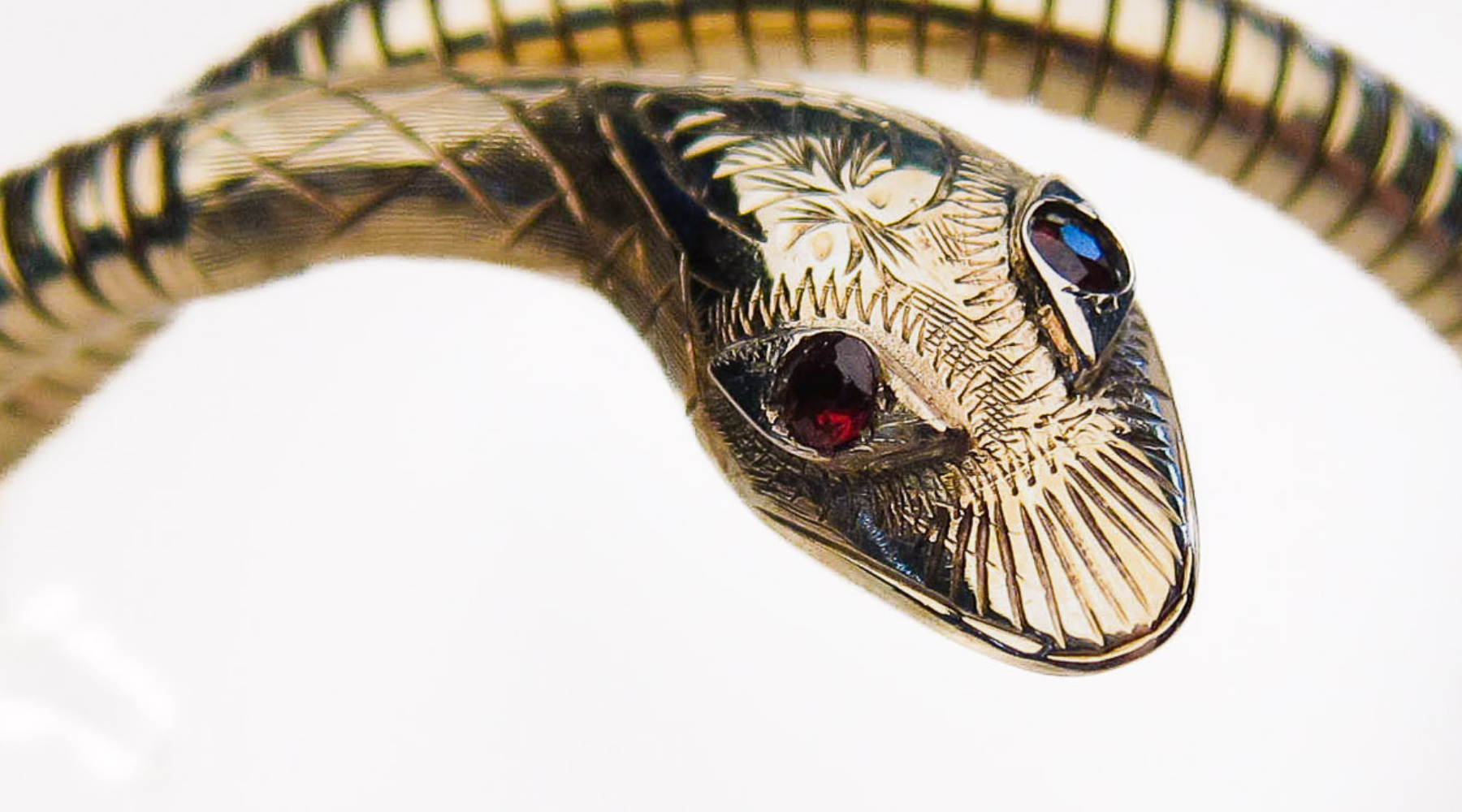
The Grandeur of Gold - Understanding Karat Weight
There is no denying that gold has captivated our senses for centuries. And, not surprisingly, this lush hue serves as the canvas for nearly every piece of antique jewelry we hold dear, whether highlighting the boldness of a Midcentury cocktail ring, the brilliance of a Victorian locket, or the blush of a warm-hued Edwardian bracelet.
When you find yourself enchanted by an amazing piece of antique jewelry you may wonder why does some gold jewelry sizzle brightly, while other pieces reflect a rosy, pink hue? Why is some gold more resilient, and some gold softer?
Let’s look further….
The Karat Weights
Gold is weighed in karats. 24 karats constitutes pure gold, and anything less than that is an alloy of gold and other metals.
24 Karat
100% gold.
Soft and delicate, pure gold must be handled with care.
Every time you wear your 24KT jewelry, particles are lost.
22 Karat
91.6% gold.
Still soft, 22 karat gold will wear thin from everyday use. 22 karat gold tends toward a yellow shine, but the degree of brightness depends on whether the other two karats are silver or copper.
As you can imagine, adding copper, makes for a rosier glow.
18 Karat
75% gold.
18 karat gold’s strength makes it more popular for creating jewelry.
Most rose gold is 18 karat (75% gold, 21% copper, 4% silver), deriving its warm hue from the large percentage of copper.
14 Karat
53.8% gold. Also popular for creating jewelry.
9 Karat
37.5% gold.
9 karat gold will flush rose or dull bronze if the remaining alloy is copper; on the other hand, the color is considered white if the alloy is silver or nickel.
European 9 karat white gold was (and is) made with silver, as nickel was determined to cause skin problems.
The Colors
Yellow Gold
An alloy of pure gold and a small percentage of silver, copper or zinc.
White Gold
An alloy of pure gold and either silver or palladium.
Rose Gold
An alloy of pure gold and copper.
The Alternatives
Gold Plate
A very thin layer of precious metal electroplated to an inexpensive base metal. Gold plate wears off quickly to expose the base metal; no measurable proportion of gold is required.
Gold Fill
A layer of gold bonded to both sides of a metal, typically brass. Gold fill is required to contain 5% gold by weight.
If you have any questions, you can reach our knowledgeable staff at 206.441.7711, or e-mail Isadoras Antique Jewelry at info@isadoras.com.

